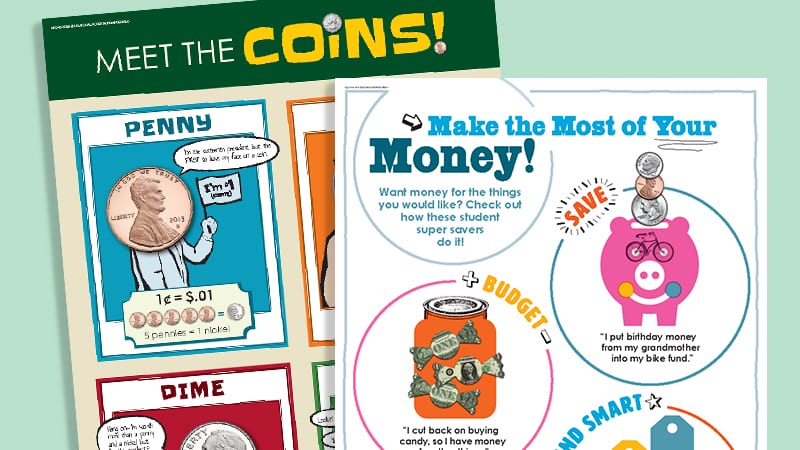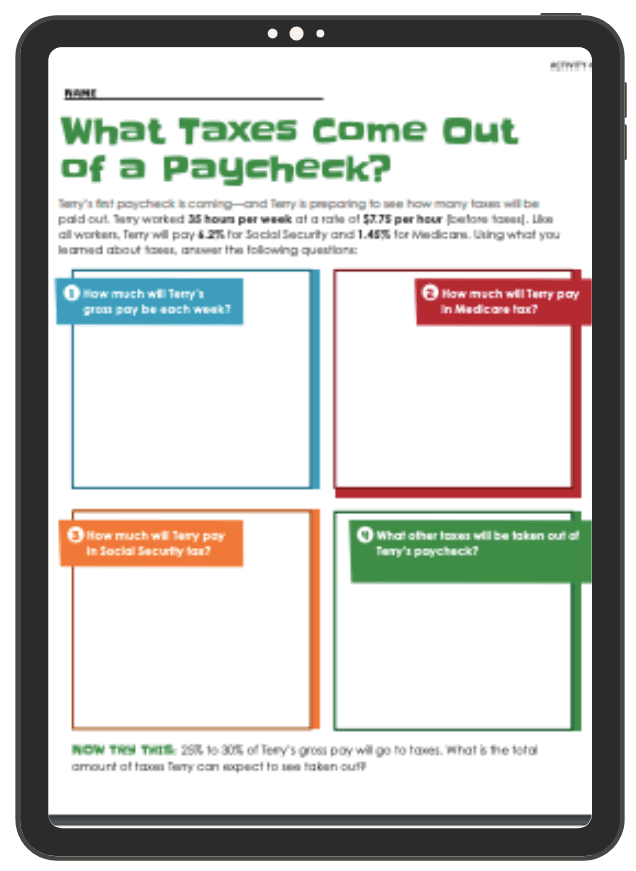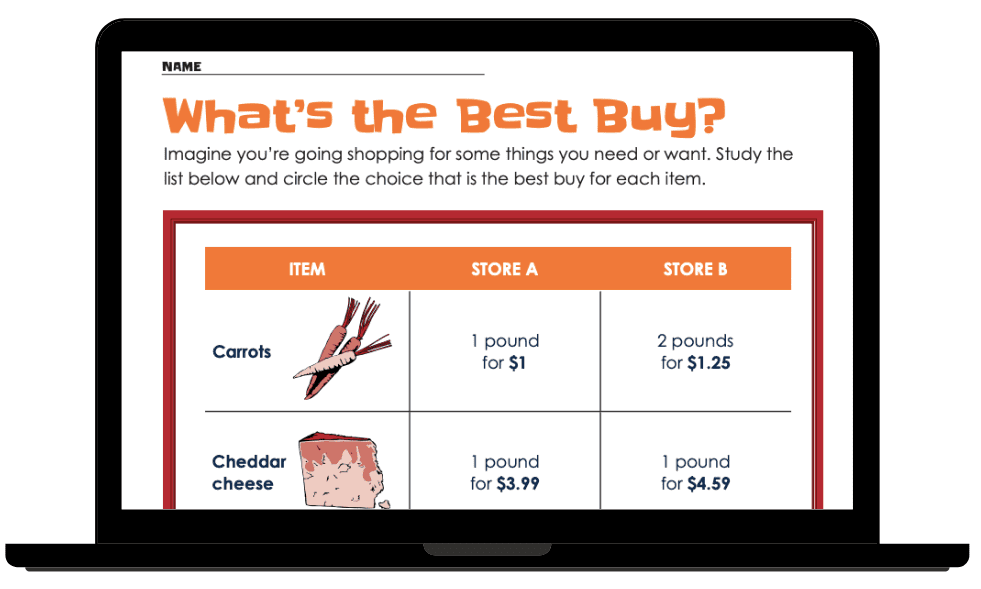
Great practical ideas and activities to teach kids about money.
Sponsored By Hands on Banking
The Hands on Banking® courses are a great way for elementary, middle, and high school students to explore and practice money skills. Start learning today.
Apr 26, 2021 Brought to you by Hands on BankingThe Hands on Banking® courses are a great way for elementary, middle, and high school students to explore and practice money skills. Start learning today.
Teaching financial literacy is certainly not a new idea, but knowing about personal finances has become an increasingly important set of skills. The good news is that Hands on Banking has over 30 free financial literacy lesson plans available, ranging in grade level from elementary to high school. The lessons are already done for you and easy to implement, so you can integrate teaching financial literacy right away. From getting students engaged and talking to showing how math is used in daily life, we’ve got you covered with these free resources. Here are our favorite nine, and the link to the rest of the lesson plans is at the bottom!
Looking for a multi-sensory way to introduce coins? Lower elementary students identify and make rubbings of different coins. The prompts to observe coins, both their physical properties and values, are a good jumping-off point for more discussion.

Middle schoolers may talk big about money, but do they know how to calculate how much they’ll earn after taxes? In this lesson, students help Terry, who works 35 hours a week at an hourly rate of $7.25 before taxes, figure out what he’ll take home after paying into Social Security (6.2 percent) and Medicare (1.45 percent).
In this lesson, lower elementary students compare the prices of similar items at two different stores. And, of course, there are deals if you buy more than one! This particular lesson lends itself to breaking up the questions over a few days as a quick, engaging activity to start your day or math lesson.
If you loved Learning to Be a Smart Shopper, but you teach older students, this lesson digs deeper into comparison shopping and budgeting.

Middle schoolers and high schoolers are passionate about charitable giving, but how do they decide where to give? In this lesson, students can look at a simplified chart of how two charities spend their annual budgets. Get students talking by asking students which of the two charities they would give to and why.
Have you ever had a student ask about Bitcoin or Cryptocurrency? This lesson will be a great discussion starter for your class. It’s written for high school students but adaptable for younger grades. I particularly like the True/False activity that is sure to do some myth-busting in your classroom.
If your class is thinking of undertaking a service project, use this lesson plan to introduce upper elementary students to the concept of charitable giving. Explore fundraising and donating time with a real-world example of giving to a local animal shelter.
Literacy teachers can make the theme of needs vs. wants come to life with “Understanding Needs and Wants” in this lesson. Introduce the concepts by sorting lists of items. You might include iPhones, food, hugs, and rain. Put the items into the categories of needs or wants. This lesson is designed for students to move to different sides of the room. For online classes, have students respond in the chat or in a poll.
Students might already be aware of charitable giving. However, they might not know how to research an organization’s mission statement and reputation. Middle schoolers can combine research skills with budgeting know-how with this lesson.